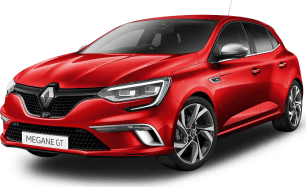Practicality is an area where Skoda comes into its own. At every turn the brand’s design and engineering teams have obviously kept day-to-day usability in mind with thoughtful tweaks to make life easier.
Some have become low-key famous like an umbrella slotted into the driver’s door (Rolls-Royce-style) and a small lidded rubbish bin in the driver’s door pocket.
But over and above that, the Octavia’s efficient packaging means in a car measuring just on 4.7m long there’s heaps of room up front for the driver and passenger, with lots of handy storage options.
Aside from generous door pockets there’s a box between the seats with a padded lid (adjustable for height and length when in use as an armrest), a 15W wireless charging pad (with ventilation from below to keep devices cool), a big glove box (with pen holder), multiple cupholders, a cupholder insert able to hold a phone and/or some coins, numerous oddments trays and a sunglasses compartment overhead (not fitted with optional panoramic sunroof).
And in the back, sitting behind the driver’s seat, set for my 183cm height, there’s tons of leg and headroom with more practical design thinking on display.
For example, map pockets on the back of the front seats have a phone-sized slot stitched into them. There are pull up shades for each window, big bins in the doors with plenty of room for bottles and more, a pull-down centre armrest with fold-out cupholders (plus some oddments space), adjustable climate control vents plus a box on the floor for extra bottles and ‘stuff’ (removable if you need foot room for a centre passenger).
Power and connectivity runs to five USB-C sockets (two front, two rear and one near the rear-view mirror for dashcam duty) plus a 12-volt outlet in the boot.
Speaking of which, head to the boot and the ‘plenty of room’ theme continues. With the 60/40 split folding rear seat upright there’s 600 litres of space in the sedan and 640 litres in the wagon. Lower the backrest and that number increases to 1555 and 1700 litres, respectively. That’s plenty, and more than the Mazda6.
The sedan and wagon feature anchor points for securing loose loads, extra storage bays behind the rear wheel wells, there’s a ski-port door behind the rear armrest, load divider rails in the sedan, remote release handles for the rear seat, bag hooks, a luggage net… the lot.
The powered tailgate includes hands-free opening, there’s a space-saver spare under the floor and towing capacity for a braked trailer is 1600kg (750kg unbraked).



































































